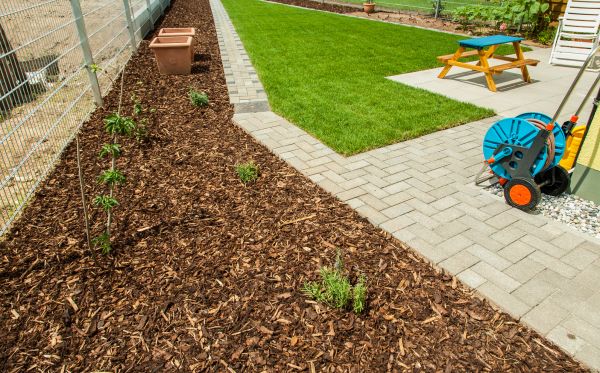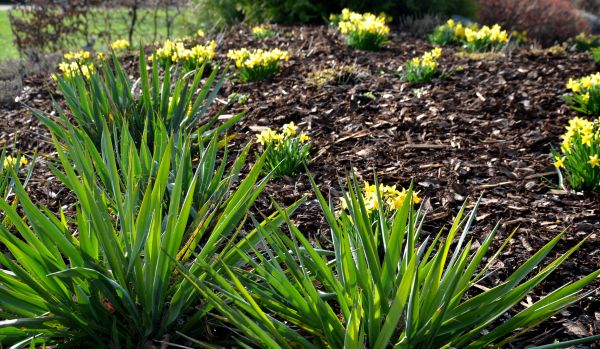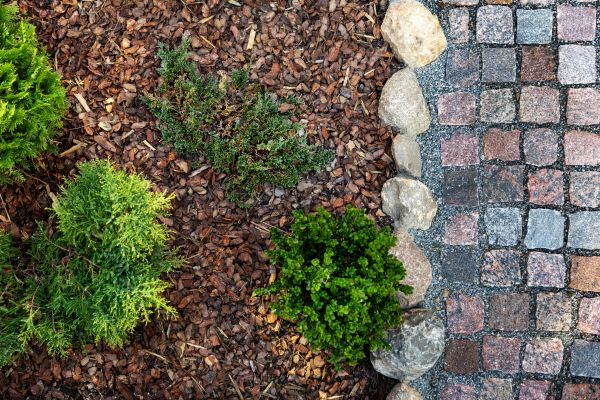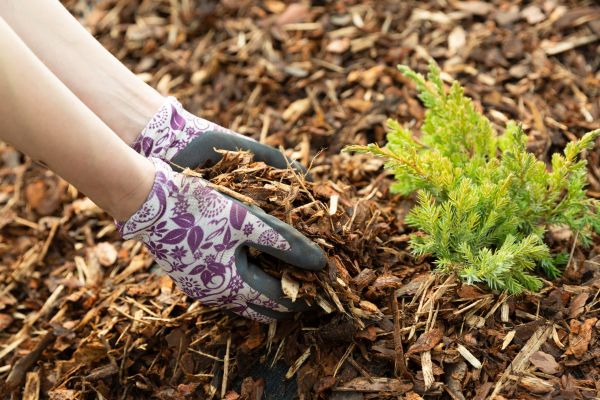Bark Spreading Service
Affordable Bark Spreading
Bark spreading is a landscaping technique that involves applying a layer of bark chips or mulch over the soil surface around plants and trees. This practice is crucial for maintaining healthy and vibrant gardens, as it provides numerous benefits to the soil and plants. By spreading bark, gardeners can improve soil moisture retention, suppress weed growth, and enhance the overall aesthetic appeal of their outdoor spaces. Moreover, bark spreading contributes to the health of the soil by adding organic matter as it decomposes, thereby enriching the garden ecosystem.
Benefits of Bark Spreading
-
Moisture Retention
Bark spreading helps conserve soil moisture by reducing evaporation. The layer of bark acts as a barrier, preventing the sun and wind from drying out the soil. This means less frequent watering is required, which is not only convenient but also environmentally friendly. -
Weed Suppression
A thick layer of bark mulch can suppress weed growth by blocking sunlight from reaching the soil surface. This reduces the need for chemical herbicides and manual weeding, saving time and effort while promoting a healthier garden environment. -
Temperature Regulation
Bark mulch acts as an insulating layer, keeping soil temperatures stable. It protects plant roots from extreme heat in the summer and cold in the winter, ensuring optimal growing conditions throughout the year. -
Aesthetic Enhancement
Beyond its functional benefits, bark spreading enhances the visual appeal of gardens and landscapes. The natural look of bark mulch provides a clean and polished appearance, complementing the beauty of plants and flowers. -
Soil Enrichment
As bark mulch breaks down over time, it adds organic matter to the soil. This process improves soil structure and fertility, encouraging the growth of healthy plants and supporting beneficial soil organisms.
FAQs About Bark Spreading
What types of bark are best for spreading?
There are various types of bark available, such as pine, cedar, and hardwood. The choice depends on personal preference and specific garden needs. Each type has unique properties that can benefit different plants and soil types.
How thick should the bark layer be?
A layer of 2 to 4 inches is generally recommended. This depth is sufficient to suppress weeds and retain moisture without suffocating plant roots.
How often should bark be reapplied?
Bark mulch should be replenished annually or as needed. Over time, it decomposes and compacts, reducing its effectiveness. Regularly adding new mulch helps maintain its benefits.
Can bark spreading attract pests?
When applied correctly, bark mulch is unlikely to attract pests. However, it is important to avoid piling mulch directly against plant stems or tree trunks, as this can create a habitat for insects and diseases.
Ready to experience the advantages of professional Bark Spreading? Fill out the contact form today and enjoy the benefits of improved moisture retention, weed suppression, and enhanced garden aesthetics!




